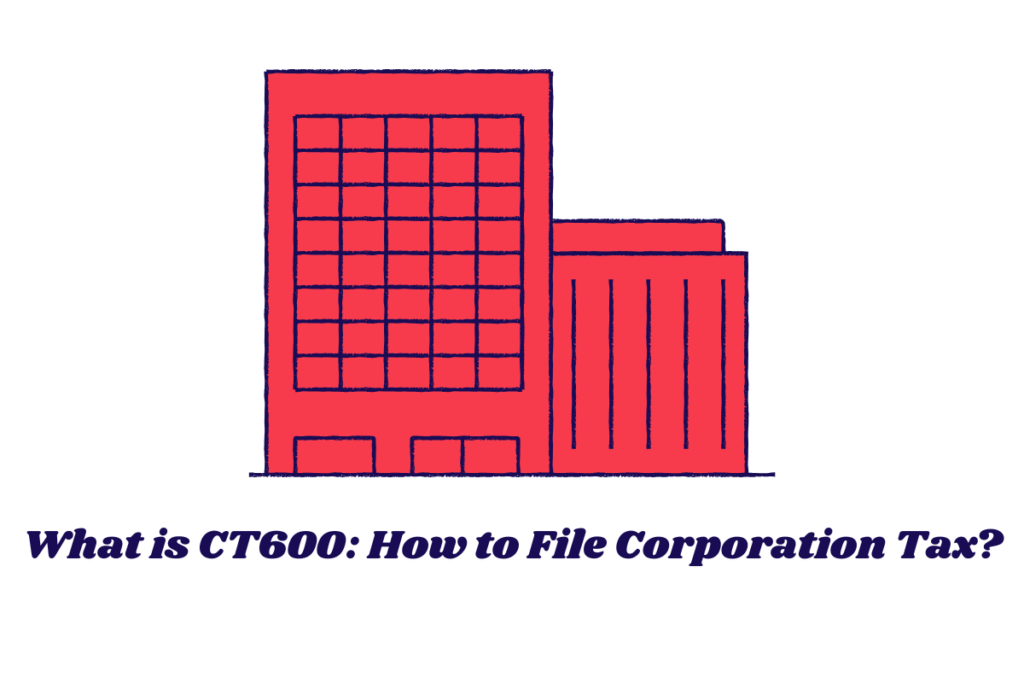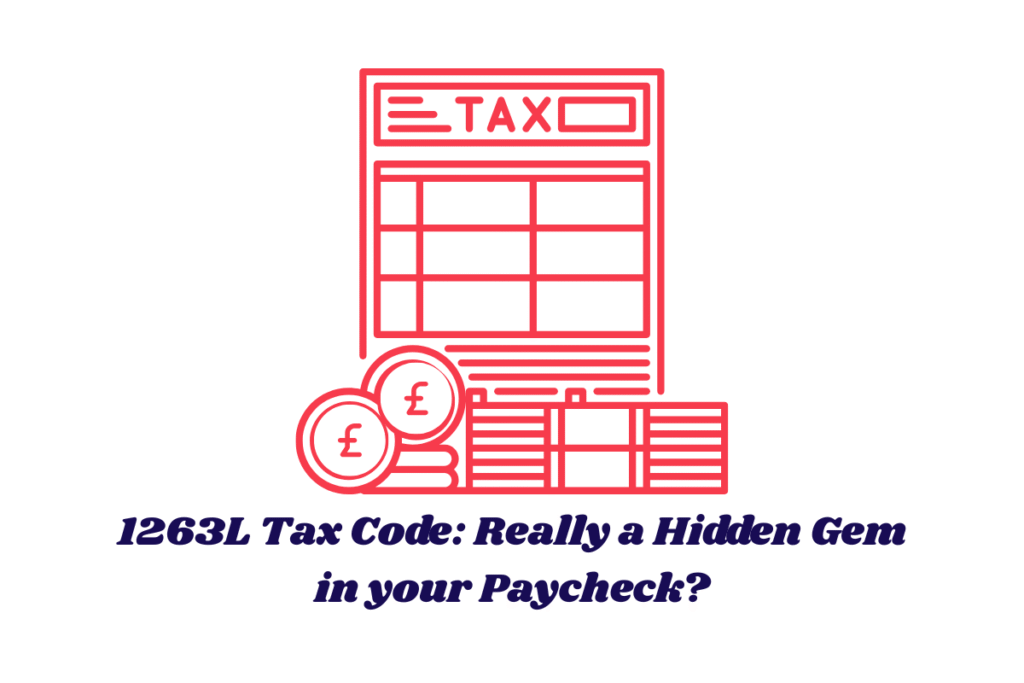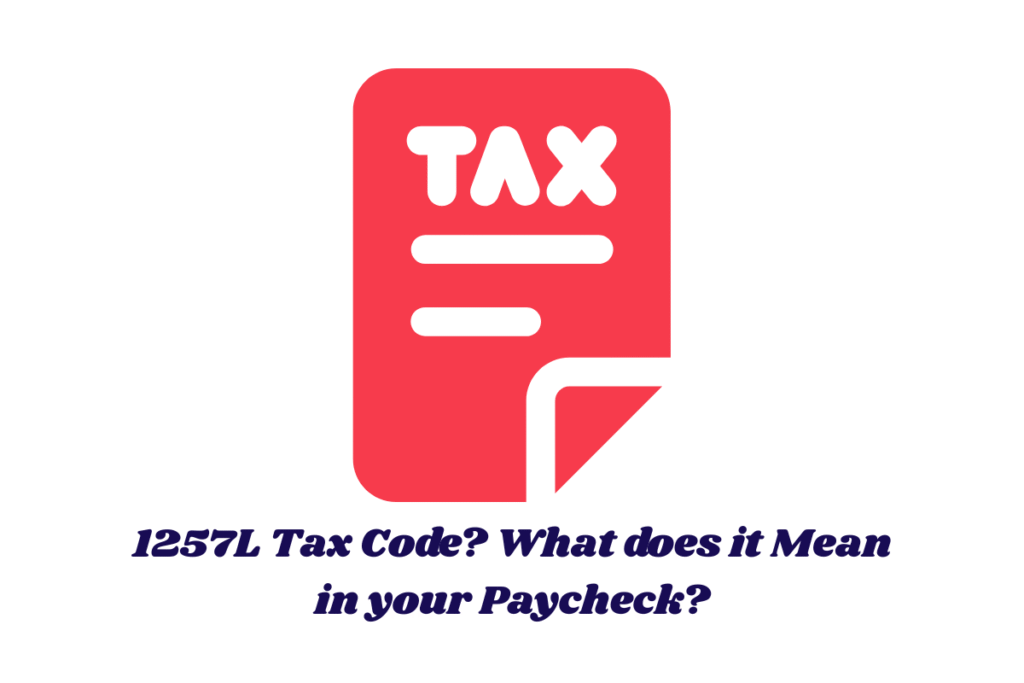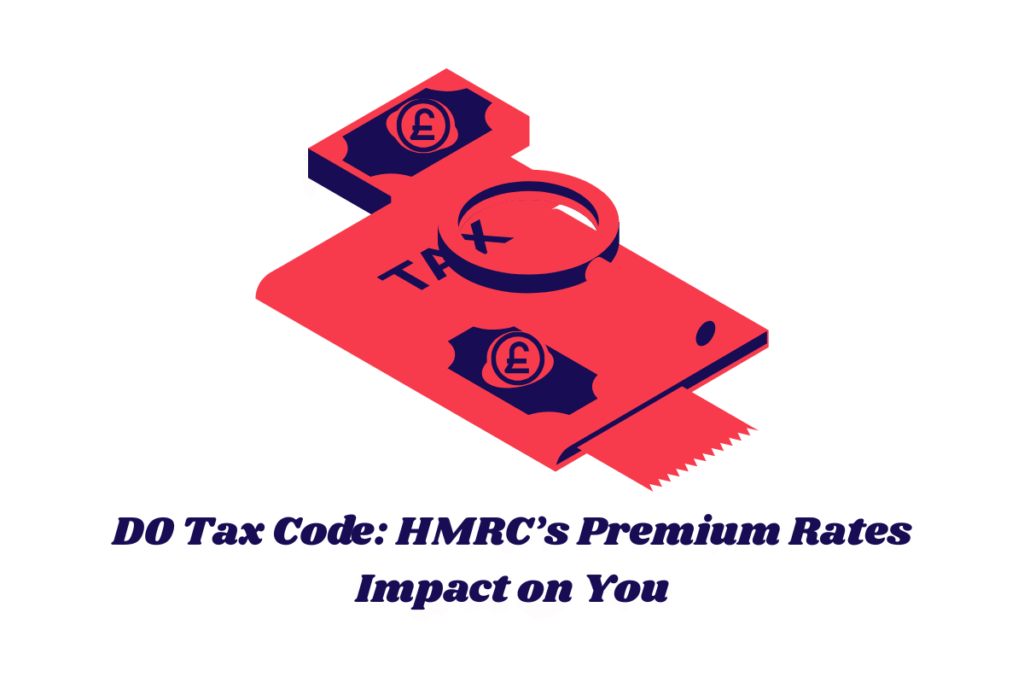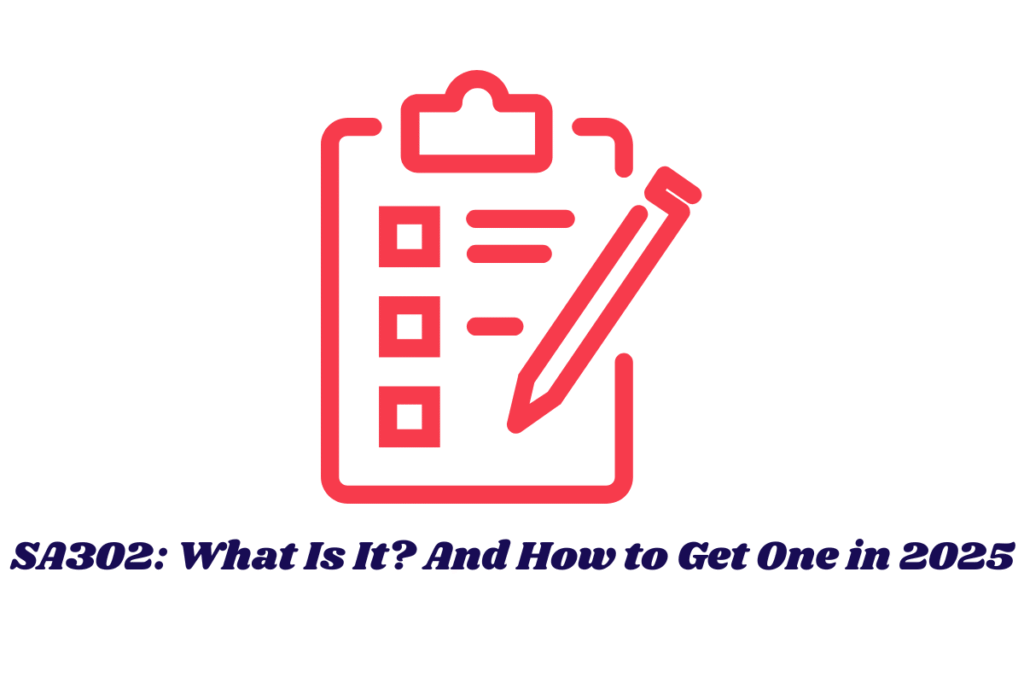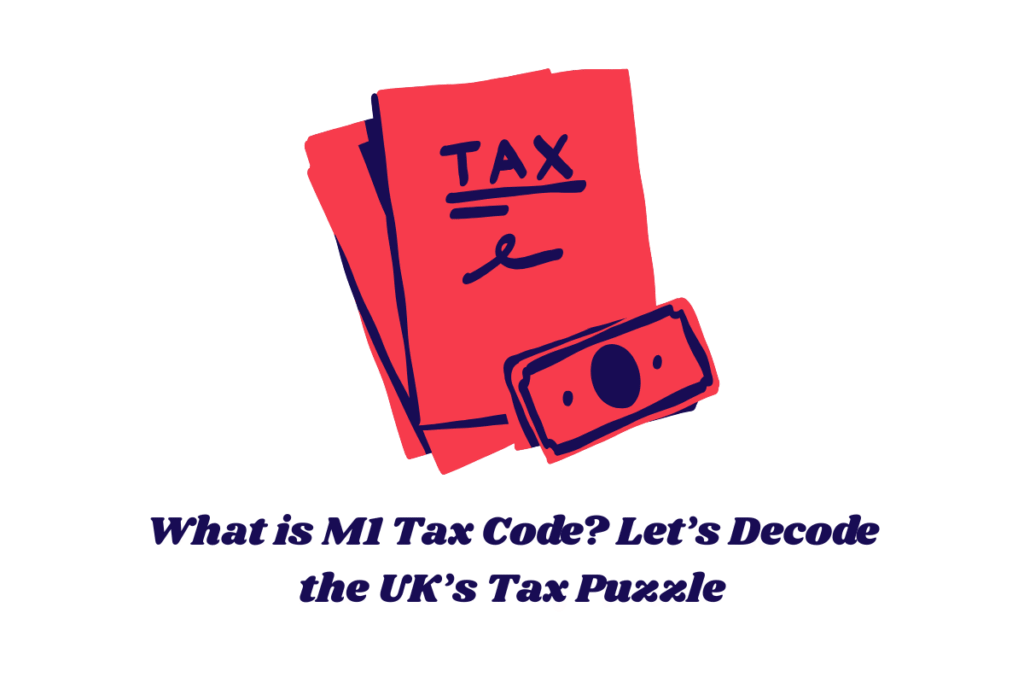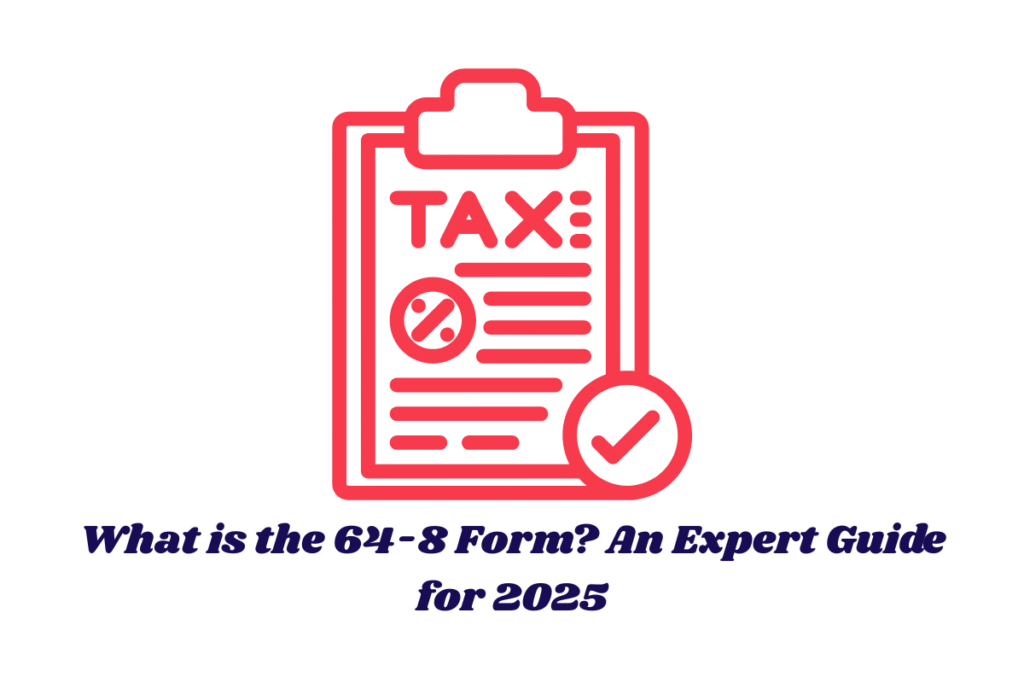Running a limited company in the UK comes with legal obligations, and one of the most important is filing your CT600 Corporation Tax Return. But what is CT600, and why is it essential for your business?
In this comprehensive 2025 guide, we’ll break down the CT600 form, explain how to file it correctly, and highlight key considerations according to the latest HMRC rules.
Summary
“This introduction sets the tone for a detailed guide on what is CT600 and why it matters for UK businesses.”
Understanding CT600: The Basics
What is CT600?
The CT600 is the official Corporation Tax Return form required by HMRC (Her Majesty’s Revenue and Customs). It is used by limited companies to report profits, calculate tax liability, and declare any tax reliefs or allowances claimed during the accounting period.
The CT600 form includes detailed information about your company’s income, allowable expenses, and any tax already paid through quarterly instalments.
In simple terms, if your business is liable for Corporation Tax, you must submit a CT600 annually, even if you have made no profit.
Summary
“The CT600 is HMRC’s primary tool for collecting Corporation Tax information from limited companies.”
Who Needs to File a CT600?
All UK limited companies, foreign companies with UK branches, and certain non-profit organisations that have taxable profits must file a CT600.
Even dormant companies sometimes need to file a CT600 if HMRC sends a notice to deliver a tax return. If you run a sole proprietorship or a partnership, the CT600 does not apply—this form is strictly for incorporated businesses.
Summary
“Limited companies in the UK are legally required to submit a CT600 to HMRC to declare their taxable profits.”
You can read more articles on different taxe codes in the UK:
1263L Tax Code: Really a Hidden Gem in your Paycheck
1257L Tax Code: What Does it Mean in Your Paycheck?
D0 Tax Code:HRMC’s Premium Rates Impact on You
500T Tax Code: Guide for UK Tax Payers in 2025
SA302: What is it and How to Get One on 2025?
What is M1 Tax Code: Let’s Decode the UK’s Tax Puzzle
Deadlines for Filing the CT600 in 2025
For the 2025 tax year, the standard deadline to file your CT600 is 12 months after the end of your accounting period.
However, it’s important to note that your Corporation Tax payment is due 9 months and 1 day after the end of your accounting period, not when you file the return.
For example, if your accounting year ends on 31 March 2025, you must pay your Corporation Tax by 1 January 2026 and file the CT600 by 31 March 2026.
Summary
“Corporation Tax payments are due before the CT600 filing deadline, making it crucial to plan ahead.”
How to File a CT600: Step-by-Step Guide
HMRC only accepts CT600 submissions online via the HMRC Corporation Tax portal or approved commercial software. Here’s how to file it:
1. Register for Corporation Tax
Once your company is incorporated, register for Corporation Tax within 3 months of starting business activities. You can do this via the HMRC website:
Register for Corporation Tax
Summary
“Registering for Corporation Tax is the first step in ensuring compliance with UK tax laws.”
2. Gather Required Information
Before starting your CT600, prepare the following:
- Company Registration Number (CRN)
- Unique Taxpayer Reference (UTR)
- Detailed profit and loss statement
- Balance sheet
- List of tax reliefs and allowances (e.g., R&D credits, capital allowances)
Summary
“Accurate financial records are vital for completing the CT600 correctly.”
3. Use HMRC’s Online Service or Software
Companies can file directly using HMRC’s Corporation Tax online service or use specialist tax software like TaxCalc, IRIS, or Xero Tax that is compatible with HMRC’s systems.
Summary
“Most businesses use professional software or accountants to file the CT600 seamlessly.”
4. Complete the CT600 Form
The CT600 includes various sections such as:
- Company details
- Tax calculation
- Chargeable gains
- Deductions (capital allowances, R&D relief, etc.)
- Dividends and distributions
- Loans to participators
- Supplementary pages if applicable
Summary
“The CT600 covers not only profits but also deductions, gains, and special cases.”
5. Submit and Pay
Once completed, submit the form electronically and pay your Corporation Tax bill using HMRC’s bank details. Visit HMRC’s payment page for details:
Pay your Corporation Tax
Summary
“Filing the CT600 and paying Corporation Tax are both mandatory and strictly monitored by HMRC.”
CT600 and HMRC Bank Account Access Powers
Many business owners are concerned about HMRC bank account access powers when dealing with unpaid Corporation Tax.
In 2025, HMRC retains the right to use Direct Recovery of Debts (DRD), allowing them to take money directly from a company’s bank account if Corporation Tax is unpaid after multiple warnings.
According to HMRC guidelines, these powers are used only when:
- The company owes at least £1,000 in unpaid Corporation Tax
- HMRC has sent at least four formal payment demands
- There remains at least £5,000 in total across all accounts after funds are recovered
Summary
“HMRC bank account access powers enable HMRC to recover unpaid taxes directly from company accounts after repeated warnings.”
Can HMRC Take Money from Business Accounts Without Permission?
Yes, under the Direct Recovery of Debts scheme, HMRC can access both business and personal bank accounts, including joint accounts if you’re personally liable for certain tax debts.
For companies, HMRC typically targets business accounts linked to the corporation’s UTR. However, directors may be personally liable in some situations, such as if penalties have been personally guaranteed or where fraudulent activity is suspected.
Summary
“HMRC has expanded powers to collect unpaid taxes directly from bank accounts, raising concerns among UK businesses.”
How to Avoid HMRC Bank Account Access Powers Being Used Against You
To prevent HMRC from using bank account access powers, it’s crucial to:
- File your CT600 on time
- Pay your Corporation Tax before the deadline
- Respond promptly to any HMRC correspondence
- Set up a Time to Pay arrangement if cash flow is tight:
Time to Pay with HMRC
Summary
“Keeping up with CT600 filings and tax payments is the best way to avoid HMRC’s debt recovery measures.”
Penalties for Late CT600 Filing
Failing to file your CT600 on time results in the following penalties (as of 2025):
| Delay | Penalty |
| 1 day late | £100 |
| 3 months late | Additional £100 |
| 6 months late | 10% of unpaid Corporation Tax |
| 12 months late | Additional 10% of unpaid tax |
If you’ve filed late multiple times, HMRC may increase the penalties. More information is available here:
Penalties for Late Filing
Summary
“Late filing of CT600 leads to financial penalties and potentially increased HMRC scrutiny.”
Can You Amend a CT600 After Submission?
Yes, if you discover an error after filing, you can amend your CT600 within 12 months of the filing deadline. You can do this via HMRC’s online portal or by submitting a revised return through your accounting software.
Summary
“Amending a CT600 is allowed, but it must be done within a strict 12-month window.”
Should You Hire an Accountant to File Your CT600?
While it’s possible to file the CT600 yourself, hiring a chartered accountant or tax advisor ensures compliance with complex tax laws. An expert can help you:
- Claim all eligible reliefs
- Avoid overpaying Corporation Tax
- Reduce the risk of HMRC audits or penalties
- Navigate HMRC bank account access powers and debt recovery processes
You can find qualified accountants through the Association of Chartered Certified Accountants (ACCA) or the Institute of Chartered Accountants in England and Wales (ICAEW).
Summary
“Professional advice can save businesses time, money, and legal trouble when filing the CT600.”
Final Thoughts: Why Understanding CT600 Matters
Understanding what is CT600 is vital for any limited company operating in the UK. It’s not just about paperwork—it’s about keeping your business compliant, avoiding penalties, and steering clear of unwanted attention from HMRC.
With HMRC bank account access powers becoming more robust each year, timely filing and payment are more critical than ever in 2025.
Summary
“Being proactive about CT600 filing protects your company from HMRC enforcement actions and unnecessary financial stress.”
The content provided on TaxCalculatorsUK, including our blog and articles, is for general informational purposes only and does not constitute financial, accounting, or legal advice.
You can also visit HMRC’s official website for more in-depth information about the topic.
